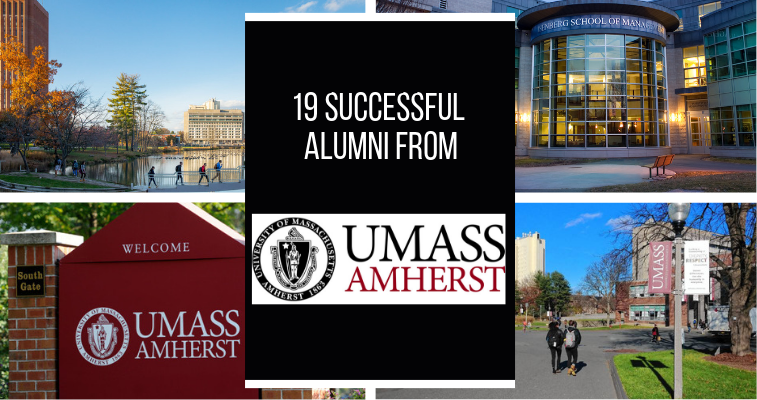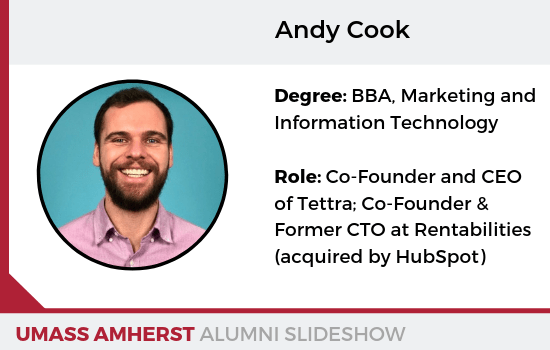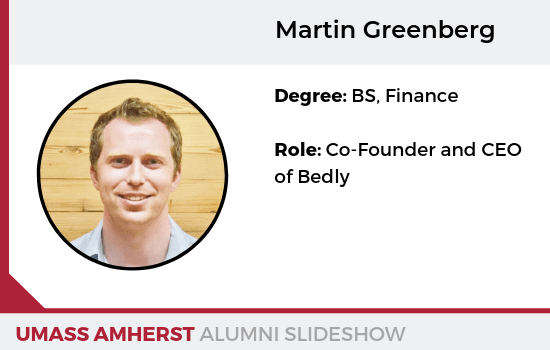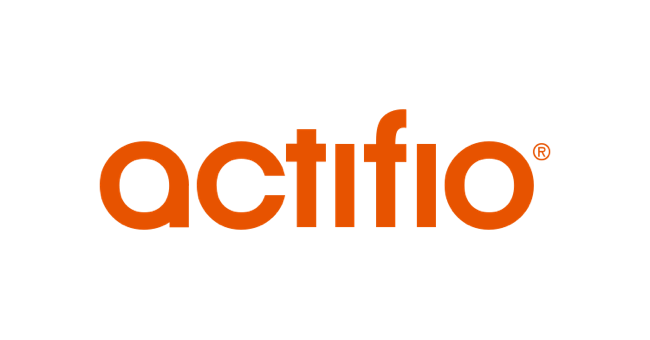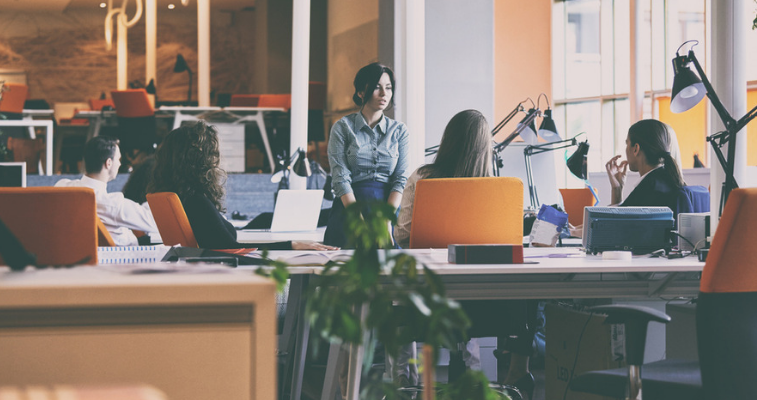Graduation season is coming quickly around the corner, and with it, a fresh crop of new employees joining the workforce. Recently, I spent a morning in a classroom at a university, talking to students about general leadership. Quickly, however, the conversation turned to the transition from college to the real world.
I walked away from the conversation with a huge insight. These incredibly bright, capable students are in for a bit of a rude awakening. It doesn’t really matter if they played on that championship Division I team or were academically at the top of the class. All of those things don’t matter in the real work world. And students need to figure out how to navigate it fast.
Whether you are a soon-to-be-grad or relatively new in your career, below you’ll find a few mindsets you might want to embrace before you step foot into your new career.
YOUR SOCIAL LIFE IS ABOUT TO CHANGE
College may seem hard when you try to balance your coursework with a sport, a part-time job, or campus activities. However, it’s typically quite a different time allocation than needing to show up and work 8-9+ hours. Every. Single. Day. When we start work, we sometimes think we can manage to power through the day, and then head out after work to party with our friends. Perhaps rolling into class after a pub night works in college. You can slump in the back, hoodie pulled low, chomping on whatever breakfast burrito you can keep down. Or perhaps you just skip the class altogether. When you are working, it doesn’t work like this. Sure you can try, but your co-workers don’t want to deal with your hungover look, smell, and behavior. You’ll get fired if you skip work. No one is suggesting you give up your social life, but set some limits. Get sleep, work out, and eat well. Creating these healthy habits will truly help you get off to a great start in your new adult life. And maybe consider tempering the partying for the weekends.
ASPIRE TO BE A KARDASHIAN? THINK TWICE.
When you are in college, social media is huge. Students today are curating their own brand identities, whether it’s intentional or not. While your college buddies might hit you up with hundreds of likes for how hot you look in your provocative Halloween costume, consider who is also looking at it. Both companies and people within them will begin to follow you. Posing with a drink at a friend’s birthday celebration? No biggie. However realize post after post of shots that make someone pause and think, “Hmmm, what does this photo tell me about this person?” is a reality. Perhaps consider removing some of your most questionable photos. A general rule of thumb: if you don’t want your mom to see your pictures or posts, you may want to rethink your content. In addition, you’ll find LinkedIn will become an adult version of social media for you, and you should treat it as such. Consider a professional looking headshot rather than using a picture from a fraternity party. If you manage LinkedIn with as much care as your other social media accounts and treat it as a professional tool, you’ll gain some serious street cred for adulting and acclimating in this new world.
MONEY DOESN’T GO AS FAR AS YOU THINK
Whether you paid for school yourself or you have a small savings account from your summer job, by the time you enter the workforce, most recent grads have a basic understanding of their finances. However, now you’ll find all types of new money considerations to contemplate. No matter how much you are making, seeing that first real paycheck makes you feel like you just hit the Zuckerberg lottery. You’ll be so excited about this new influx of cash, you’ll be tempted to spend it on things you’ve never been able to afford, like a nice apartment, or designer clothes. Hold off. Create a budget to determine how much you REALLY have to spend once your bills are paid. If you’ve got student debt, this becomes even more important; make sure you get rid of as much debt as you can before you start any new big spending.
DON’T LOSE YOURSELF
The reality is, you need a job. While everyone graduates hoping to find the perfect fit, you won’t always find it on your first try. Embracing the fact that your twenties are about discovering yourself where you will thrive is inevitable and expected. However, you can make it a little less painful a discovery process if you choose wisely. Do your research. Select a company - if you have options - that best aligns to your value set. Stay true to who you are, and take notes with every experience. Even in the worst companies, there are lessons to be learned. Go in, listen, learn and establish your own point of view about environments where you with thrive. If you keep building on that story throughout your career and stay true to who you are, you’re likely to find success and fulfillment with your work. In other words, if you highly value collaboration and teamwork, but you elect to work at a cut-throat company where people are only out for themselves because they offered you the biggest paycheck, you may be setting yourself up for a pretty miserable experience.
Transitions are a challenge no matter what stage of your life you are in. However, morphing from college to your first job is one of the tougher ones. It doesn’t involve rocket science; most of these tips are merely common sense. When you apply them, you’ll learn adulting isn’t as bad as you think. Just think in exchange for having to grow up a little, how nice it is to get a paycheck and not have to cram for exams anymore!
Christina Luconi is Chief People Officer for Rapid7. Follow her on Twitter: @peopleinnovator.












